Bringing a new kitten into your home is an exciting and rewarding experience. However, one of the first challenges you may encounter is litter training, especially if the kitten is without its mother to teach it. While it may seem daunting at first, you can successfully litter train your kitten with patience and consistency. Here's a comprehensive guide to help you through the process.
Related Products You Might Like
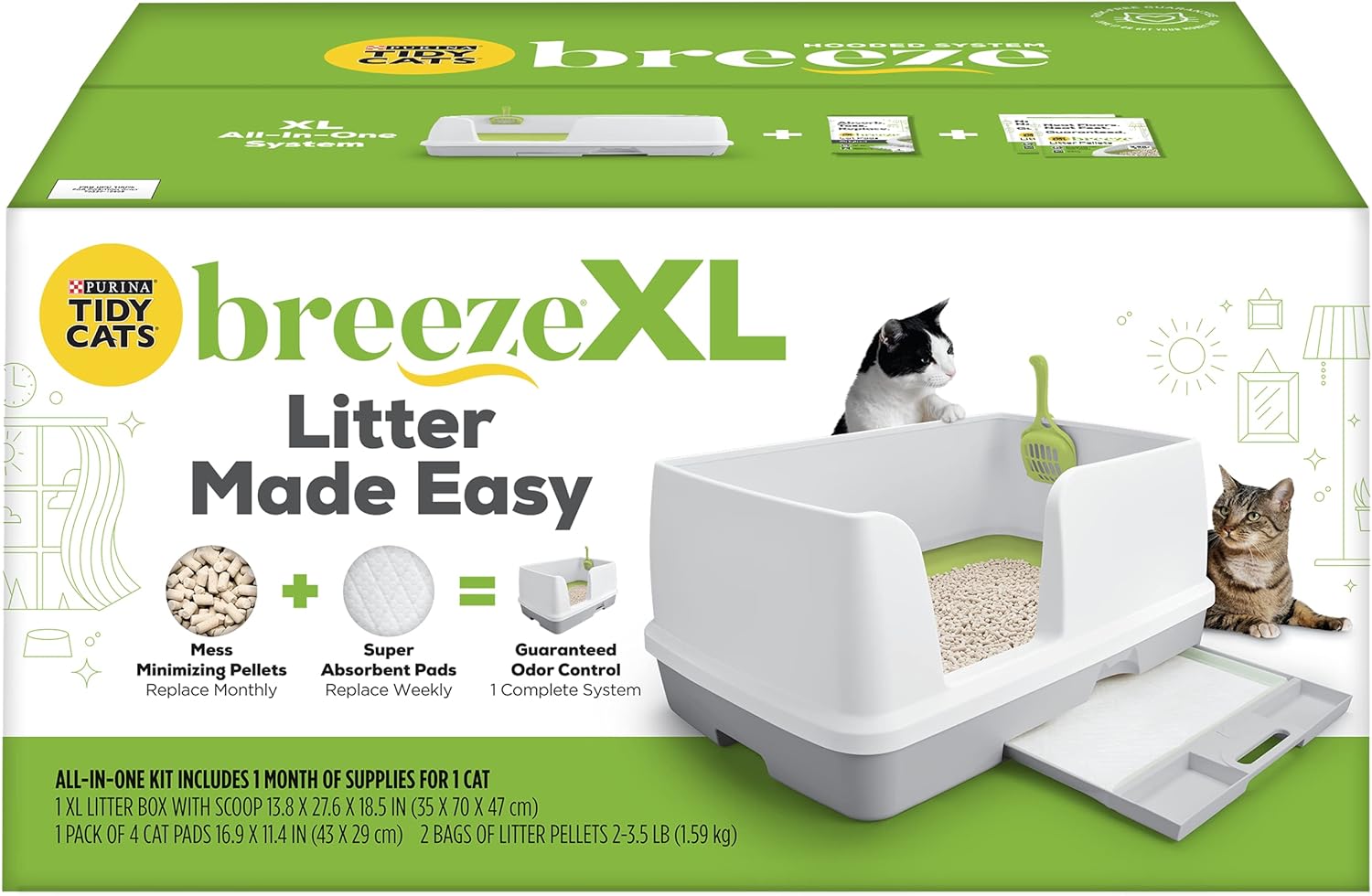
Non Clumping Litter System

Kitten Training Litter
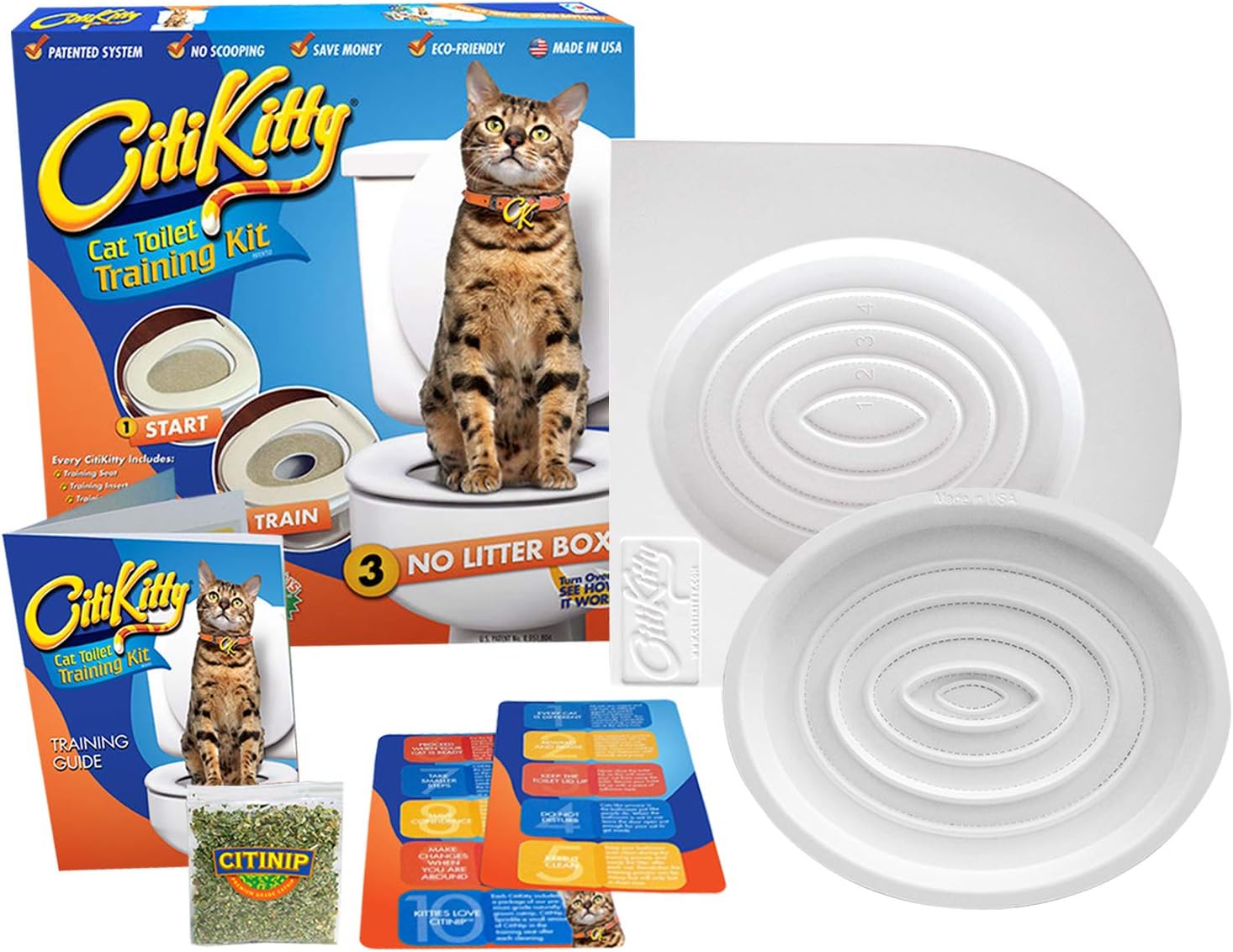
Cat Toilet Training Kit
"(Paid Links)" As an Amazon Associate, We earn from qualifying purchases.
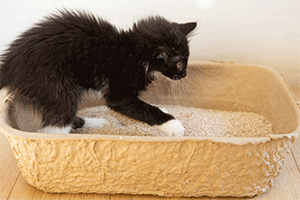
Choose the Right Litter Box:
Start by selecting an appropriate litter box. Opt for a shallow box with low sides to allow easy access for the kitten. Avoid covered litter boxes initially as they may feel confining to the kitten.
Select the Right Litter:
Choose a litter that is safe for kittens. Avoid clumping litter for very young kittens as they may ingest it while exploring. Instead, opt for non-clumping, unscented litter. Ensure that the litter is dust-free as kittens are sensitive to respiratory irritants.
Introduce the kitten to the Litter Box:
Keep the litter box in a calm and easily accessible area of your home. Encourage the kitten to investigate the litter box by gently placing it inside. You can also use a finger to dig in the litter to demonstrate its purpose.
Observe and Encourage:
Keep a close eye on the kitten and watch for signs of toileting such as sniffing, circling, or crouching. When you notice these signs, gently place the kitten in the litter box. Reward the kitten with praise or a treat when it uses the litter box.
Maintain a Routine:
Establish a consistent toileting routine for the kitten. Place the kitten in the litter box after meals, playtime, and naps to encourage elimination. Consistency is key to reinforcing good litter box habits.
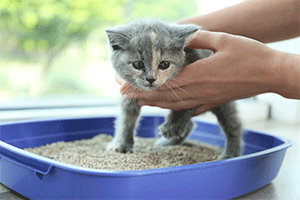
Clean Accidents Promptly:
Accidents are inevitable during the litter training process. When accidents occur, clean them promptly using an enzymatic cleaner to remove odors and discourage repeat offenses. Do not use ammonia-based cleaners as they may attract the kitten back to the same spot.
Provide Positive Reinforcement:
Positive reinforcement is vital for successful litter training. Praise the kitten each time it uses the litter box correctly. You can also offer small treats as rewards to reinforce desired behavior.
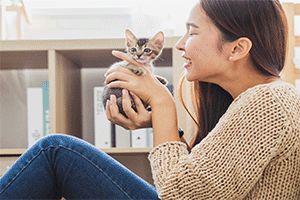
Be Patient and Understanding:
Litter training takes time, especially for young kittens. Be patient, avoid punishment for accidents. Remember, kittens are still learning and require gentle guidance.
Gradually Introduce Changes:
As the kitten grows and becomes more confident, you can gradually introduce changes such as transitioning to a covered litter box or switching to clumping litter if desired. However, make changes gradually to prevent overwhelming the kitten.
Monitor Health:
Keep an eye on your kitten's health during the litter training process. If you notice any signs of discomfort or difficulty toileting, consult your veterinarian to rule out any underlying health issues.
Conclusion
litter training a kitten without its mother may require patience and consistency, but with the right approach, it can be achieved successfully. By providing a suitable litter box, selecting the right litter, and offering positive reinforcement, you can help your kitten develop good litter box habits that will last a lifetime. Remember to be patient, understanding, and supportive throughout the process, and your kitten will soon master the art of using the litter box independently.



